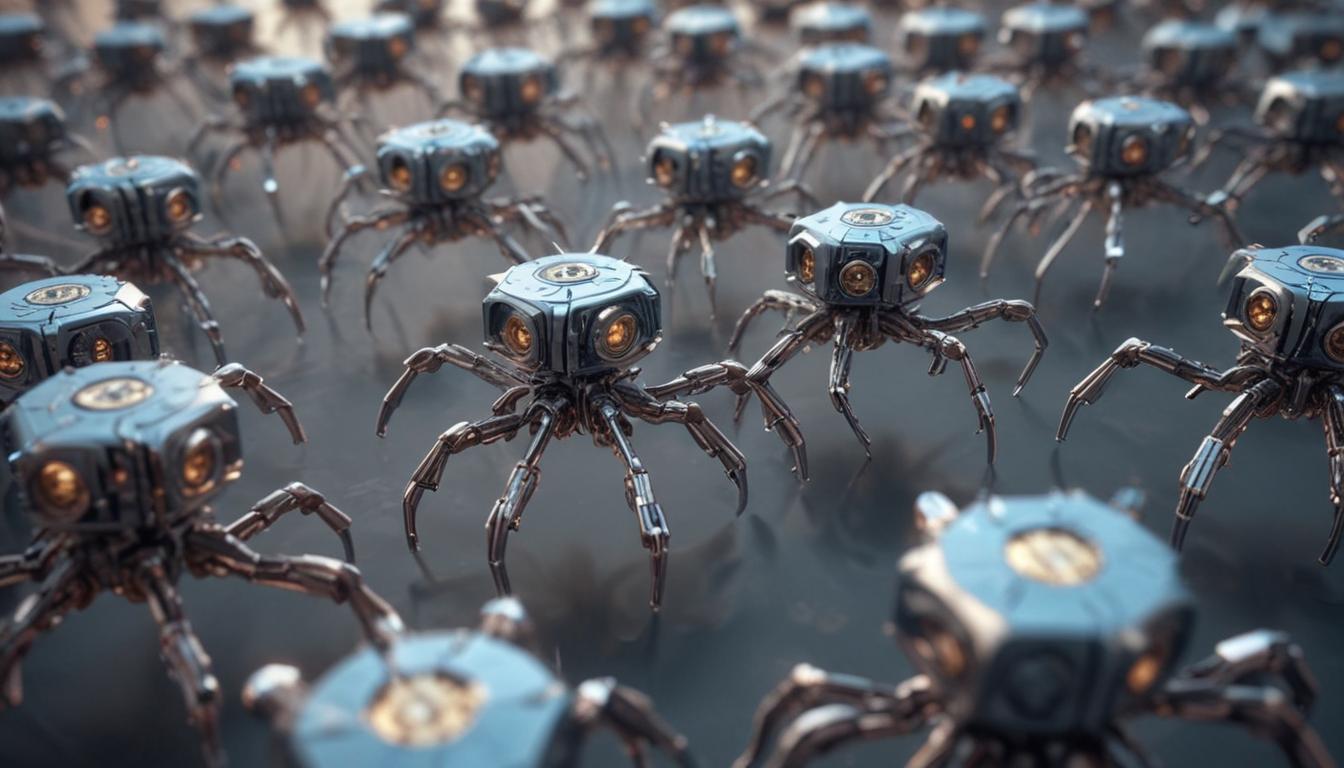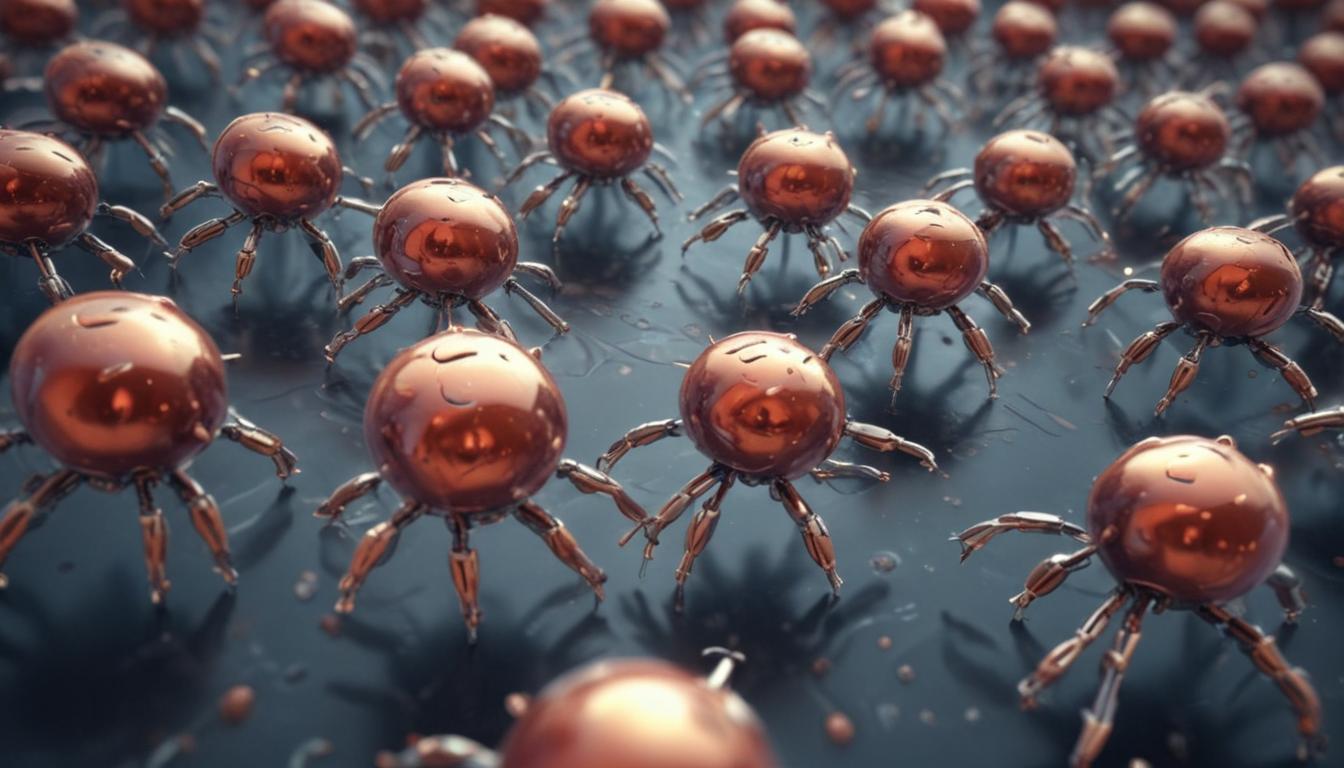Now Reading: Unlocking the Power of Nanobots
- 01
Unlocking the Power of Nanobots
Unlocking the Power of Nanobots

Nanobots The Ultimate Guide to Microscopic Machines
Have you ever watched a science fiction movie and marveled at the idea of tiny robots coursing through someone’s veins, repairing cells from the inside? It sounds like pure fantasy, a concept reserved for Hollywood blockbusters. You might wonder if these microscopic machines are even possible, or if they will forever remain a distant dream. The line between science fact and fiction can be blurry, leaving you curious but confused about what is truly happening in our world’s most advanced laboratories.
The great news is that nanobots are not just a fantasy. While we may be a long way from the cinematic versions, the field of nanorobotics is one of the most exciting and rapidly advancing areas of modern science. This guide is here to bridge that gap between imagination and reality. We will break down exactly what nanobots are, explore the incredible applications that are already being developed, and look at the challenges scientists are working to overcome. Prepare to discover how these microscopic machines are poised to change our world.
What Exactly Are Nanobots
A nanobot, or nanorobot, is an incredibly small machine designed to perform a specific task. The “nano” in their name refers to a nanometer, which is one-billionth of a meter. To put that into perspective, a single sheet of paper is about 100,000 nanometers thick, and a strand of human DNA is about 2.5 nanometers in diameter. Nanobots are built on this minuscule scale, making them small enough to navigate the human bloodstream or interact with individual molecules. These are not just tiny particles; they are functional devices with components like sensors, motors, and computational elements, all assembled at the molecular level.
While the idea of a self-aware, intelligent swarm of nanobots remains firmly in the realm of science fiction, the fundamental building blocks are very real. Scientists and engineers in the field of nanotechnology are currently creating and testing simple nanomachines. These early-stage devices are often inspired by nature, mimicking the biological machines that already exist inside our own cells. For example, some nanobots are designed like a cage that can open and close to trap or release molecules, while others are propelled by tiny flagella, much like bacteria. These are the humble beginnings of a technological revolution.
The Future is Now Real World Nanobot Applications
The potential for nanobots is staggering, with the most significant breakthroughs happening in medicine and environmental science. These fields stand to be completely transformed by the ability to manipulate matter at the atomic level.
Revolutionizing Medicine
One of the most promising uses for nanobots is in targeted drug delivery for cancer treatment. Traditional chemotherapy floods the entire body with powerful toxins, killing cancer cells but also damaging healthy ones, which leads to severe side effects. Nanobots offer a brilliant solution. These microscopic machines can be loaded with potent anti-cancer drugs and programmed to seek out and attach only to cancer cells. Once attached, they release their payload directly into the tumor, maximizing the drug’s effectiveness while leaving healthy surrounding tissue unharmed. This approach promises treatments that are not only more powerful but also far gentler on the patient.
Beyond cancer, medical nanobots could act as a vigilant, internal diagnostic and repair system. Imagine nanobots patrolling your bloodstream, equipped with sensors to detect the chemical markers of diseases like Alzheimer’s or heart disease years before symptoms appear. They could identify and clear plaque from arteries to prevent heart attacks or even perform delicate, non-invasive surgery by targeting and repairing damaged tissues on a cellular level. This would shift medicine from a reactive model to a truly proactive and personalized one.
Transforming Environmental Cleanup
Nanotechnology also offers groundbreaking solutions to some of our most pressing environmental problems. Cleaning up massive oil spills or filtering industrial pollutants from waterways are monumental tasks. Nanobots could be deployed in these contaminated environments to work as a microscopic cleanup crew. Some designs involve nanosponges that can absorb specific toxins, like lead or mercury, from water, clumping together for easy removal once their job is done. Other types of nanobots could be engineered to chemically break down harmful pollutants like oil or pesticides into benign substances.
This technology could be applied on an even grander scale to combat climate change. Researchers are exploring the concept of nanobots that can capture carbon dioxide molecules directly from the atmosphere. These nanobots could then convert the CO2 into a stable, solid material or a useful fuel, effectively recycling greenhouse gases. By deploying vast numbers of these machines, we could create a powerful new tool for restoring balance to our planet’s ecosystems and ensuring a cleaner future.

The Hurdles We Must Overcome
Despite the incredible potential, the path to a future filled with nanobots is lined with significant challenges. Creating and controlling machines on such a small scale is an immense technical feat. One of the biggest questions is power. How do you power a device that is smaller than a living cell? Scientists are exploring various methods, from using the body’s own chemical energy (like glucose) to external forces like magnetic fields or ultrasound waves to guide and activate the bots. Manufacturing trillions of identical, flawless nanobots is another major engineering hurdle that must be solved before they can be widely used.
Furthermore, deploying these machines into the human body or the environment raises serious safety and ethical questions that must be carefully addressed. What happens if a nanobot malfunctions or goes to the wrong place? How does the body’s immune system react to these foreign invaders? We need to ensure that nanobots are biocompatible and biodegradable, so they can complete their task and then be safely cleared from the system without causing long-term harm. The journey is long, but with each new discovery, we move one step closer to harnessing the awesome power of the very small.



































